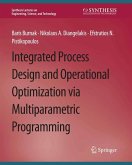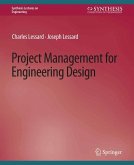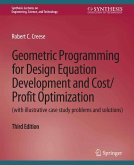As the existence of all life forms on our planet is currently in grave danger from the climate emergency caused by Homo sapiens, the words "sustainability" and "eco-responsibility" have entered the daily-use vocabularies of scientists, engineers, economists, business managers, industrialists, capitalists, and policy makers. Normal activities undertaken for the design of products and systems in industrialisms must be revamped. As the bioworld is a great resource for eco-responsible design activities, an overview of biologically inspired design is presented in this book in simple terms for anyone with even high-school education.
Beginning with an introduction to the process of design in industry, the book presents the bioworld as a design resource along with the rationale for biologically inspired design. Problem-driven and solution-driven approaches for biologically inspired design are described next. The last chapter is focused on biologically inspired design for environment.
Beginning with an introduction to the process of design in industry, the book presents the bioworld as a design resource along with the rationale for biologically inspired design. Problem-driven and solution-driven approaches for biologically inspired design are described next. The last chapter is focused on biologically inspired design for environment.
Dieser Download kann aus rechtlichen Gründen nur mit Rechnungsadresse in A, B, BG, CY, CZ, D, DK, EW, E, FIN, F, GR, HR, H, IRL, I, LT, L, LR, M, NL, PL, P, R, S, SLO, SK ausgeliefert werden.









